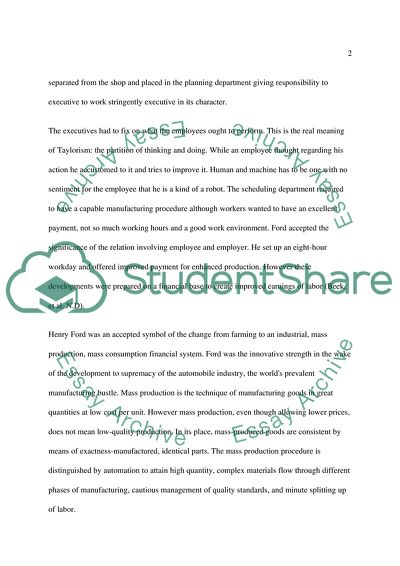Cite this document
(“What are the main differences in the organisation of the labour Essay”, n.d.)
What are the main differences in the organisation of the labour Essay. Retrieved from https://studentshare.org/miscellaneous/1561488-what-are-the-main-differences-in-the-organisation-of-the-labour-process-in-fordism-and-post-fordism-use-a-case-study-to-explain-your-answer
What are the main differences in the organisation of the labour Essay. Retrieved from https://studentshare.org/miscellaneous/1561488-what-are-the-main-differences-in-the-organisation-of-the-labour-process-in-fordism-and-post-fordism-use-a-case-study-to-explain-your-answer
(What Are the Main Differences in the Organisation of the Labour Essay)
What Are the Main Differences in the Organisation of the Labour Essay. https://studentshare.org/miscellaneous/1561488-what-are-the-main-differences-in-the-organisation-of-the-labour-process-in-fordism-and-post-fordism-use-a-case-study-to-explain-your-answer.
What Are the Main Differences in the Organisation of the Labour Essay. https://studentshare.org/miscellaneous/1561488-what-are-the-main-differences-in-the-organisation-of-the-labour-process-in-fordism-and-post-fordism-use-a-case-study-to-explain-your-answer.
“What Are the Main Differences in the Organisation of the Labour Essay”, n.d. https://studentshare.org/miscellaneous/1561488-what-are-the-main-differences-in-the-organisation-of-the-labour-process-in-fordism-and-post-fordism-use-a-case-study-to-explain-your-answer.


